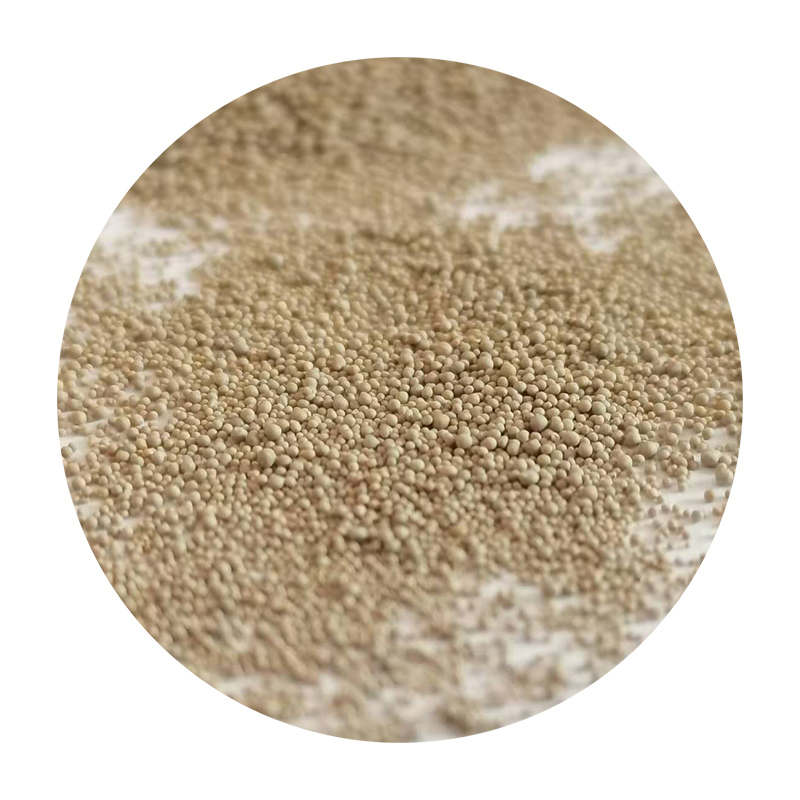Sand Casting 101 A Comprehensive Overview
Sand casting, one of the oldest and most widely used metal casting processes, plays a pivotal role in various manufacturing industries. This versatile method allows for the creation of complex shapes and sizes, making it ideal for producing metal components used in everything from automotive parts to large industrial machinery. Here’s an in-depth look at the sand casting process, its advantages, and its applications.
What is Sand Casting?
Sand casting involves the production of metal parts by pouring molten metal into a sand mold. The process begins with the creation of a pattern, usually made from a more durable material like metal, wood, or plastic. This pattern is an exact replica of the final product and is used to form the cavity in which molten metal will be poured.
The pattern is placed in a flask—a metal or wooden frame that holds the sand. The space around the pattern is filled with a mixture of sand and a binder, usually clay, which helps hold the mold together. After the sand is compacted around the pattern, the mold halves are separated, and the pattern is removed, leaving a cavity that will take on the shape of the final product.
Once the mold is prepared, molten metal is poured into the cavity. The metal fills the space, taking the shape of the mold as it cools and solidifies. After the metal has cooled sufficiently, the sand mold is broken away, revealing the newly cast part.
Advantages of Sand Casting
1. Versatility Sand casting can be used to create parts of virtually any size or shape, making it suitable for a wide range of applications. From small components to massive industrial parts, sand casting can accommodate it all.
2. Cost-Effectiveness The materials used in sand casting, particularly sand, are relatively inexpensive. Additionally, the process requires less machinery compared to other casting methods, reducing overall production costs.
3. Complex Geometries Sand casting allows for the production of complex geometries and intricate designs that may be challenging or impossible to achieve with other manufacturing processes.
sand casting 101

4. Material Variety This casting method can work with a wide array of metals, including aluminum, iron, steel, and bronze, offering manufacturers flexibility regarding material selection.
5. Easier Modifications Because the pattern can be altered without significant cost, sand casting offers an easier modification process for design changes compared to other manufacturing techniques.
Applications of Sand Casting
The applications of sand casting are extensive, spanning various industries. Some common uses include
- Automotive Industry Components such as engine blocks, cylinder heads, and transmission cases are frequently produced using sand casting. The process's ability to create large, complex parts efficiently makes it particularly appealing to automotive manufacturers.
- Aerospace Sector In aerospace, sand casting is used to create lightweight components where precision is critical. Parts for both commercial and military aircraft benefit from this method.
- Pump and Valve Manufacturing Sand casting is ideal for producing pump housings and valve bodies thanks to the durability of the casted metal and the ability to create intricate designs.
- Marine Industry Components exposed to harsh environments, such as ship hulls and fittings, can be fabricated using sand casting, often utilizing corrosion-resistant metals.
Conclusion
Sand casting remains a fundamental process in the manufacturing world due to its versatility, cost-effectiveness, and ability to produce complex shapes. Despite advancements in technology and the development of various alternative casting methods, sand casting maintains its relevance. Whether for small boutique applications or large-scale industrial production, sand casting continues to be an essential technique in the creation of metal components across numerous sectors. By understanding this process, manufacturers can better leverage its benefits to produce high-quality, intricate parts that meet industry demands. As industries evolve and new materials emerge, sand casting is likely to adapt and remain a mainstay in the field of metal manufacturing for years to come.
Post time:pro . 09, 2024 14:26
Next:what is sand casting used to make
